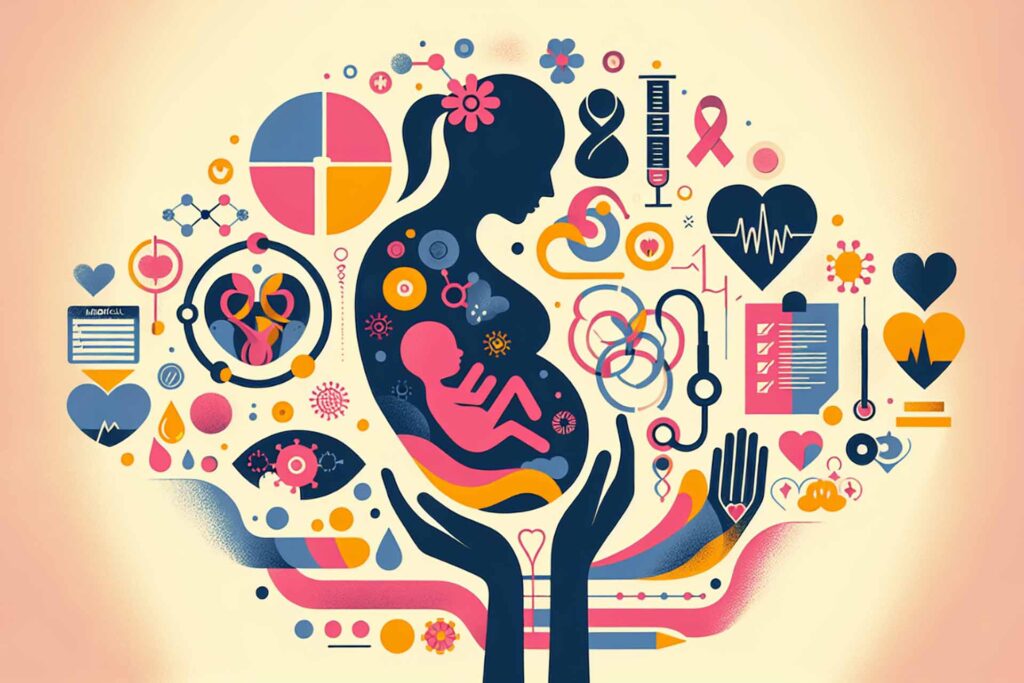Understanding Preeclampsia: Symptoms, Causes, and Treatment Options
- Article reading time: 5 minutes
Preeclampsia is a serious condition that can develop during pregnancy, usually after the twentieth week. It is characterized by high blood pressure, excessive protein in the urine, and swelling in the legs, feet, and hands. If left untreated, preeclampsia can lead to life-threatening complications for both the mother and the baby.

Recognizing the Symptoms of Preeclampsia
In addition to high blood pressure and protein in the urine, preeclampsia may cause the following symptoms:
Sudden weight gain within 1–2 days
Shoulder, abdominal, or severe headache pain
Changes in reflexes or mental state
Decreased urination
Dizziness or difficulty breathing
Severe nausea and vomiting
Vision changes (blurred vision, seeing flashing lights or bright spots)
It is important to note that some women with preeclampsia may not experience any symptoms. Regular prenatal checkups that monitor blood pressure and urine tests are essential for early detection.
Risk Factors for Developing Preeclampsia
Although the exact cause of preeclampsia is unknown, several factors can increase a woman’s risk of developing it:
History of preeclampsia in previous pregnancies
Multiple gestation (twins, triplets, or more)
Chronic hypertension, kidney disease, or diabetes
Autoimmune disorders such as lupus
First pregnancy or pregnancy after age 35
Obesity (BMI over 30)
Family history of preeclampsia
In vitro fertilization (IVF)
Potential Complications of Preeclampsia
If preeclampsia is not managed correctly, it can lead to severe complications, including:
Eclampsia (seizures or coma)
HELLP syndrome (damage to the liver and blood cells)
Preterm birth and its associated risks for the baby
Fetal growth restriction
Placental abruption (premature separation of the placenta from the uterus)
Organ damage (kidneys, liver, lungs, heart, eyes, or brain)
Increased risk of future cardiovascular disease
If you experience warning signs such as severe headache, vision disturbances, chest or abdominal pain, or bleeding from the gums or nose, seek immediate medical attention.
Treatment for Preeclampsia and Ensuring a Safe Pregnancy
The only cure for preeclampsia is delivery of the baby. However, depending on the severity and stage of the pregnancy, treatment may include:
Bed rest and close monitoring
Medications to lower blood pressure and prevent seizures
Steroid injections to accelerate fetal lung development
Early delivery via labor induction or C-section
After delivery, symptoms usually resolve within 1 to 6 weeks, but may continue longer in some cases. To reduce the risk of preeclampsia, women should maintain a healthy lifestyle, attend prenatal checkups regularly, and discuss any concerns with their doctor.
Article Categories
Children's health
Diseases and problems
Healthy nutrition and wellness
Women's health
Men's health
Treatment and prevention
Cancer
Mental health
Your general practitioner will now see you.
Instant health responses are provided by the general practitioner, because your health matters now.
